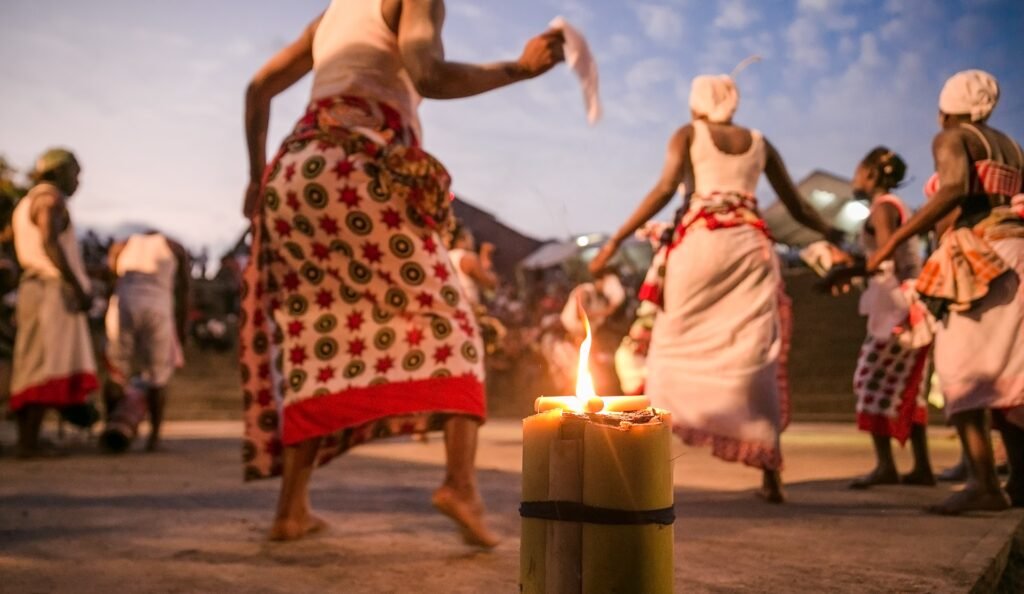Traditional And Ceremonial Iboga Usage


Traditional and Ceremonial Iboga Usage
The Psychoactive Effects of Iboga
The Therapeutic Benefits of Iboga
In the west, its purified extract, ibogaine, has been increasingly used to tackle issues of drug and alcohol addiction. One of the principal reasons for ibogaine’s effectiveness in defusing addiction is that it opens the floodgates of repressed memories, which return to an addict’s consciousness in the form of hallucinatory visions, followed by a period of intense introspection and insight.
Such states are called “oneirophrenic,” which refers to a lucid dream state. In technical terms, the experience is not considered hallucinogenic because the individual remains aware of his or her whereabouts and are conscious that the hallucinations are being induced by their ingestion of iboga and recognize them as internal projections.
The hallucinations can last from 7 to 12 hours and are experienced objectively. The introspective, subjective part of the experience usually kicks in during the ensuing 24 hours after the visions have subsided.
That is the time when the full experience can be cognitively integrated into a new perception of one’s personal narrative. This process may continue to occur in daily life for some months after the treatment as the patient develops a new sense of self in relation to their surroundings.
Among the native people of Gabon and Cameroon, Iboga has played a central part not only in divining, shamanistic knowledge-rituals, as much as it has been used as a medicinal remedy for thousands of years.
For example, across West Africa, its therapeutic uses have been known to greatly benefit and help treat ailments such as fevers, swine flu, immunodeficiency/HIV, influenza (common flu), some nerve disorders, high blood pressure and some side-effects of drug or substance abuse (not comparable to western standards of ingestion, such as regular intravenous use).
Speaking of Western culture, it seems ironic (but at the same time understandable from a Big Pharma viewpoint) that ibogaine, the alkaloid found in the root bark, remains illegal in the USA despite (or, precisely because) of its ability to treat addiction with reduced chances of relapsing, as well as its ability to curtail the withdrawal symptoms that go hand in hand with opioid dependence.
